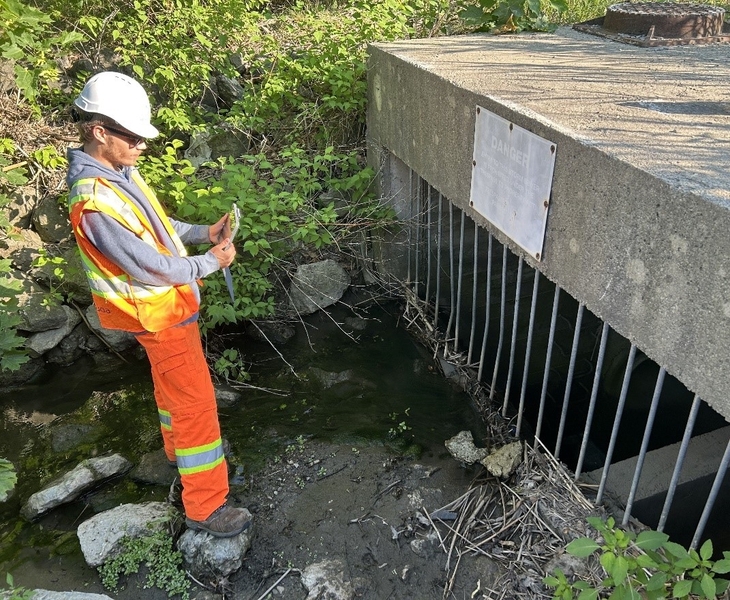Countries are making significant steps in tackling antimicrobial resistance (AMR), but serious gaps remain and require urgent action, according to a report released by the Food and Agriculture Organization of the United Nations (FAO), World Organisation for Animal Health (OIE), and the World Health Organization (WHO).
The report looks at surveillance, education, monitoring, and regulating consumption and use of antimicrobials in human health, animal health, and production, as well as plants and the environment, as recommended in the Global Action Plan published in 2015.
“This report shows growing global momentum to combat antimicrobial resistance,” said Dr Ranieri Guerra, assistant director-general for Antimicrobial Resistance at WHO. “We call on governments to make sustained commitments across all sectors—human and animal health, plant health, and the environment—otherwise we risk losing the use of these precious medicines.”
The report charts progress in 154 countries and reveals wide discrepancies. Progress in developing and implementing plans is greater in high-income countries than in low-income countries, but all countries have scope for improvement. No country reports sustained capacity at scale in all areas.
There is a substantial lack of action and data in the environment and plant sectors. Although 78 countries have regulations in place to prevent environmental contamination generally, only 10 of them report having comprehensive systems to ensure regulatory compliance for all waste management, including regulations that limit the discharge of antimicrobial residues into the environment. This is insufficient to protect the environment from the hazards of antimicrobial production.
“Long-term commitments are needed in monitoring, surveillance, stewardship, and training to bring about substantial change in patterns of antimicrobial use and in how waste and effluents are managed,” states the report. Last year, the Council of Canadian Academies began an analysis of socio-economic impacts of AMR in Canada. The assessment is still ongoing, but AMR, antibiotics, and antifungals seeping into Canadian waterways and drinking water is a known issue.
One key growth area for antimicrobial resistance is the lack of basic water, sanitation, and hand washing in health facilities throughout Africa and in some countries in South-East Asia and Eastern Mediterranean. These factors lead to higher incidences of infection and consequently greater use of antimicrobials.
“Supporting low- and middle-income countries to follow guidance of responsible and prudent use of antimicrobials in animals is an urgent priority,” said Dr Matthew Stone, deputy director general of the World Organisation for Animal Health (OIE). “Implementation of dedicated OIE international standards, appropriate national legislation and strengthening of veterinary services are essential steps to help all animal health stakeholders contribute to controlling the threat posed by antimicrobial resistance.”
The complete report, with details on human health and agricultural facets of AMR spread, can be found on FAO’s website.









